For as much as Pokémon has stayed the same, it’s also changed quite a bit over the years. Nintendo’s decades-long Ash Ketchum biopic (bio…game?) has stayed true to its turn-based, monster-collecting roots. But every new iteration comes with something that differentiates it from its immediate predecessor. We’ve previously ranked these mainline entries. Now, as we did with Borderlands and Halo, it’s time to run down the best and worst defining characteristics of each.
Pokémon Red and Blue (1998)
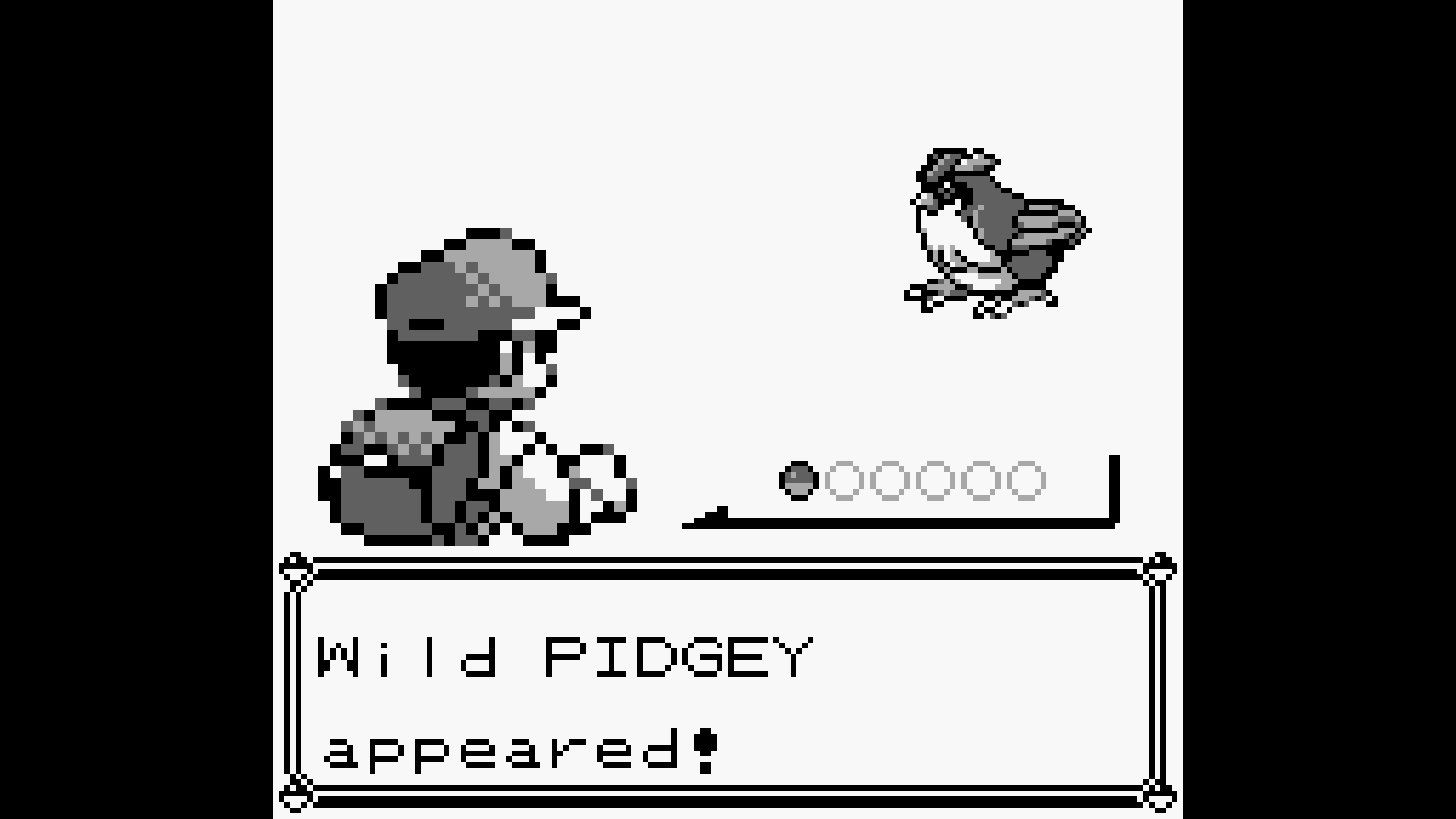
Best: The whole deal. Pokémon Red and Blue started with a core concept so solid it hasn’t needed to change in nearly three decades. The feedback loop was easy to grasp, and intoxicating, too. You find and capture monsters (151 of them!), train them, watch them change and evolve, and battle them against the monsters of other trainers. Your goal is, simply, to become the best trainer out there, by defeating all eight “gym leaders” — considered the top of the top for their respective regions. You were constantly progressing and moving forward, and you did it with a trusty team of often-adorable pals.
Worst: The audio. Yes, Pokémon Red and Blue were creatures of their era, and thus should be assessed through that lens. Still, some of the sound effects — the screech of a Zubat, the ding ding ding of a low health bar — were insufferably grating. A shame, seeing how iconic most of the music was.
Pokémon Gold and Silver (2000)
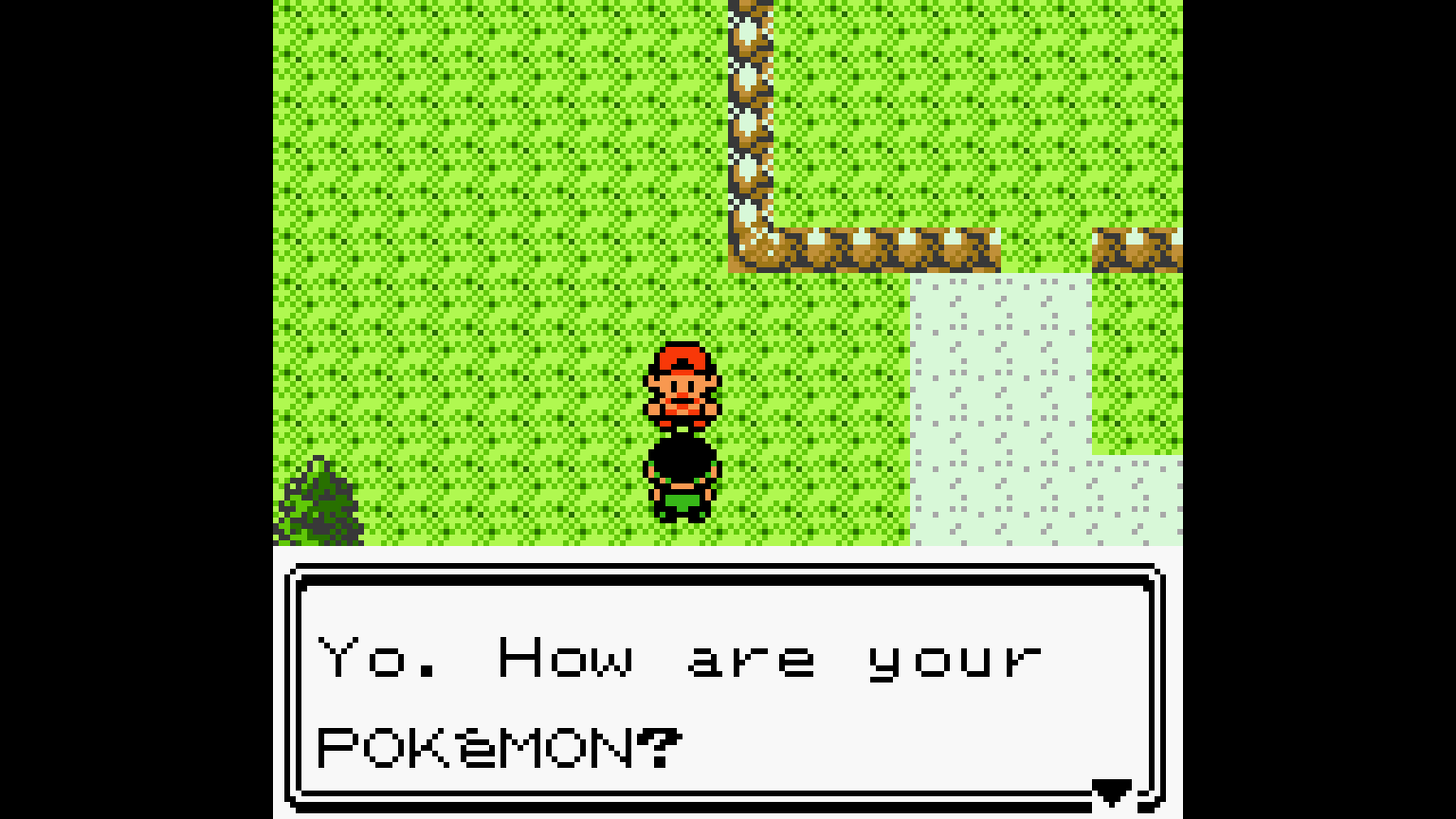
Best: The return to Kanto. One of the greatest tricks Pokémon ever pulled happened more than two decades ago. You beat the game, having defeated all eight gym leaders in the new Johto region. Then you realise there’s more, a whole other region to conquer — and it happened to be Kanto, the setting of the original game. In doing so, Pokémon Gold and Silver were able to double-dip into the wonder of a new space and the nostalgia of an old one. Brilliant.
Worst: Hunting legendaries. The three legendary beasts in Gold and Silver — Suicune, Entei, and Raikou — were awesome. They were also a total pain in the arse to catch. First, you’d have to run into them randomly, in any of the tall grass patches in Johto’s various city-connecting Routes. Then, because they’d probably run away, you’d have to track them down. Every time you moved Routes, they’d move Routes too, by a margin of one. Trying to line up your travel such that you crossed paths with one beast was an interminable slog. Three? C’mon.
Pokémon Ruby and Sapphire (2003)
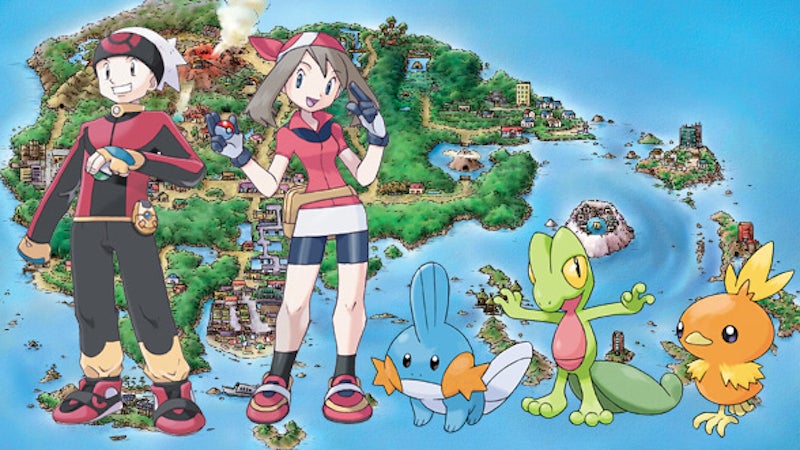
Best: Double battles. People often poke fun at Pokémon games for being “glorified rock-paper-scissors,” and for a while there, you could broadly see how that case was made. Pokémon are each affiliated with types; each type has a number of other types it’s either strong against or weak to. Water beats fire beats grass beats water, and so on. You could just swap types to ensure you had the advantage. That changed dramatically with the introduction of double battles, which allowed each trainer to put two Pokémon on the field at once, allowing for defensive combos — and a whole new dimension in high-minded strategy.
Worst: Dive. Maybe I’m just claustrophobic, but I couldn’t stand Ruby and Sapphire’s underwater sections. That they were tied to Dive, a water-type move that took two turns to perform and barely dealt any damage at all, was a travesty. Pokémon hit its nadir of requiring annoying hidden machines — battle moves that could also be used for traversal out of combat — with Ruby and Sapphire. And Dive was the worst of them.
Pokémon Diamond and Pearl (2006)
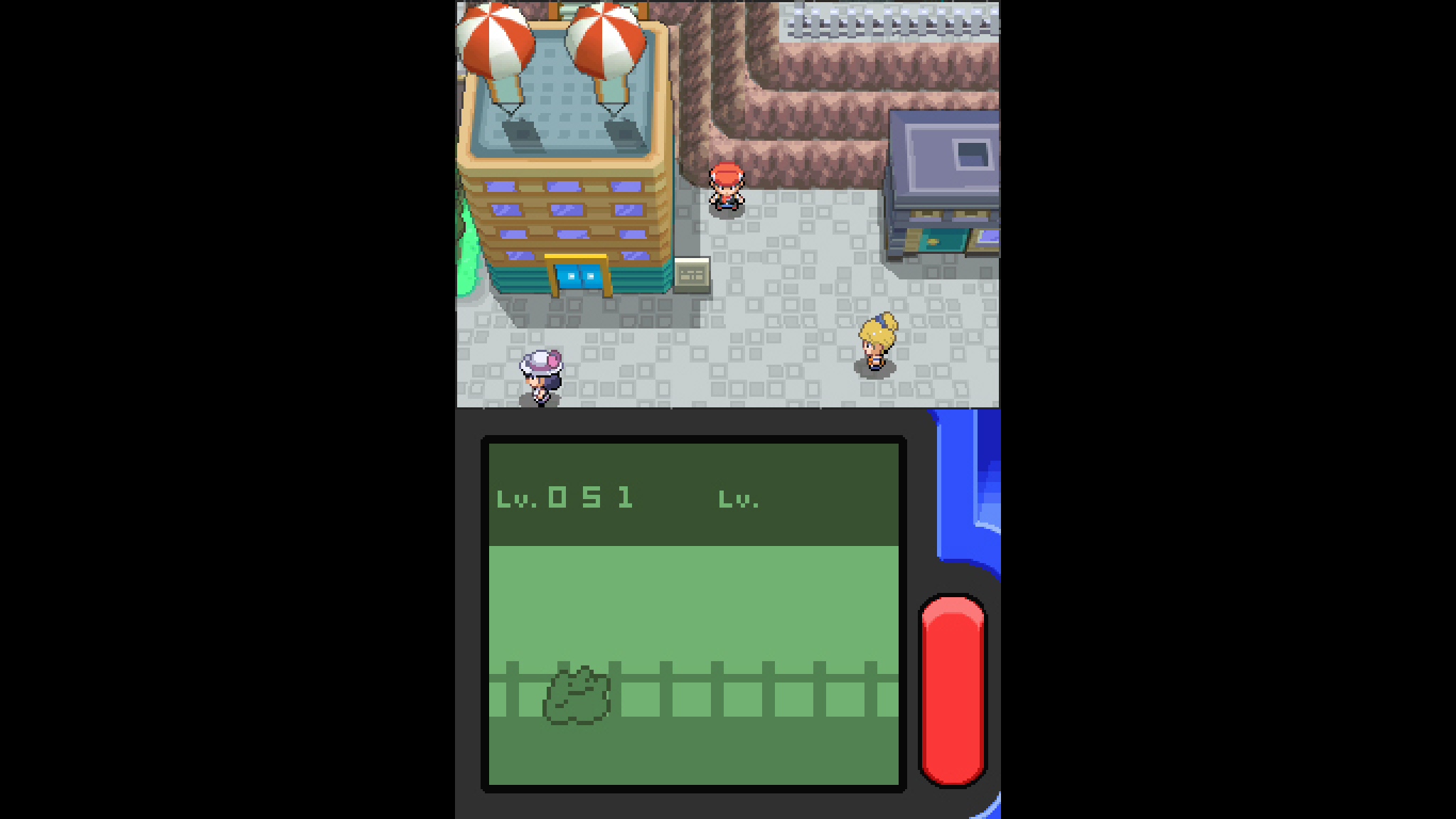
Best: Move differentiation. Pokémon deal damage based on their attack or special attack stats. Before Diamond and Pearl, these two were tied to types, with more elemental type moves (fire, water, grass) dictated by special attack, and more tangible types (rock, steel, fighting) dictated by physical attack. In other words, if you had a grass-type Pokémon with high attack stat but special attack in the basement, they were functionally useless on offence. Diamond and Pearl made it so specific moves, rather than the types they were affiliated with, were characterised as physical or special attacks, instantly turning a wave of useless Pokémon into unstoppable battle machines.
Worst: The stakes were too damn high. Pokémon games always cast you as a young trainer on the quest for being the (very) best (like no one ever was). Ruby and Sapphire upped the stakes a bit by introducing legendary Pokémon who could cause severe regional flooding or droughts — extremely bad, don’t get me wrong, but not exactly Thanos-tier stuff. Pokémon Diamond and Pearl, however, kicked things up to 11 with legendary Pokémon who could shatter time or space, plus a literal god Pokémon who’s responsible for all of creation. This is where Pokémon’s narratives started to fully jump the shark.
Pokémon Black and White (2010)
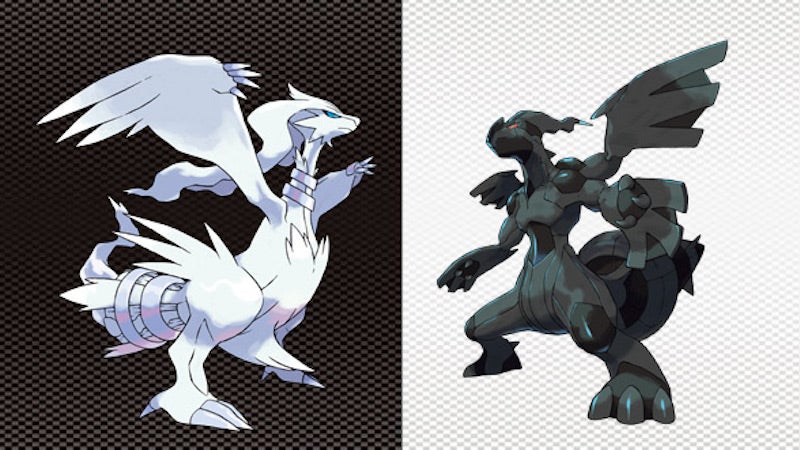
Best: Seasons. Pokémon games often dabbled with day-and-night cycles, dating back to the days of Gold and Silver. Depending on the time of day, different Pokémon would appear. Pokémon Black and White took it a step further, introducing seasons. Not only did this dictate what Pokémon would show up during the seasons, but it also had a cosmetic effect: The seasonal shifts caused certain Pokémon to change appearance. This was a savvy way to keep players playing long after they’d hit the credits, provided they really wanted to catch ‘em all.
Worst: Triple battles. Double battles ruled. Triple battles? Not so much. As with all Pokémon games prior and since, you’re allowed to have up to six Pokémon in your party. Part of the tension in Pokémon battles is the guessing game — not knowing who comprises your opponent’s lineup, what pinch-hitter they might be sitting on. Having half a team on the battlefield from the jump diffuses that tension.
Pokémon X and Y (2013)
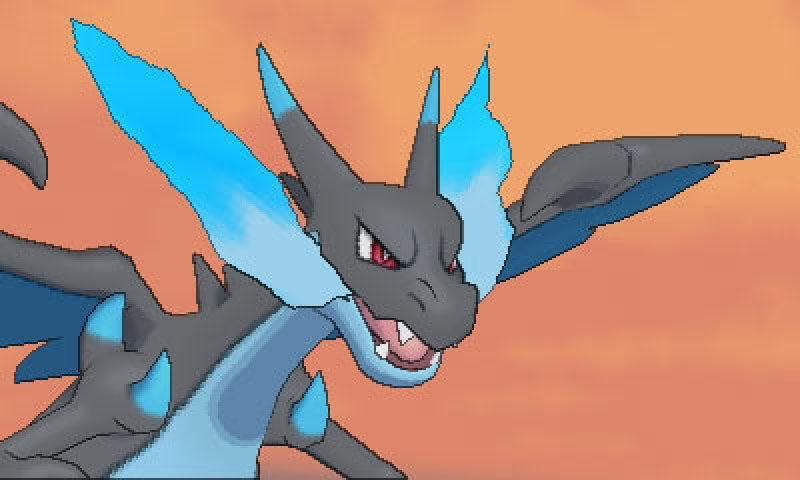
Best: The fairy type. Pokémon’s type chart is the mechanical backbone of the series, but it remained stagnant for more than a decade; the biggest previous shakeup of its formula came back during Gold and Silver, when dark- and steel-type Pokémon joined the mix. That finally changed when Pokémon X and Y introduced fairy-type Pokémon. Though it was weak to poison- and steel-type moves, it served as an effective counter to the then-overpowered dragon- and dark-type Pokémon. Plus, it put longtime players on their toes for the first time in a while.
Worst: Mega evolutions. Pokémon can evolve, sometimes twice. With every new form, they’d gain a notable stat boost, and a cool new look. Pokémon X and Y introduced probably the most ill-advised twist to this mechanic: mega evolutions, which temporarily allowed some Pokémon to evolve past their final stage. Though mega evolutions only lasted for the duration of a battle, it gave a significant stat boost to the Pokémon, effectively turning it into a trump card. Even worse, there was very little stopping you from just…doing it all the time. By the time X and Y rolled around, there were hundreds of Pokémon you could choose from to make your team. But why do that when you could just choose one of the 50-odd mega evolutions?
Pokémon Sun and Moon (2016)
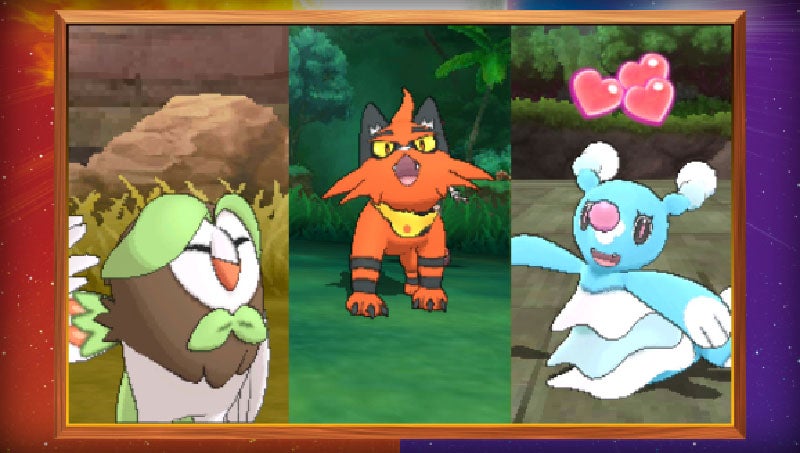
Best: Litten!!! Starter Pokémon — the one you choose, from a selection of three, at the beginning of the game — always make a splash. Fans argue over which generation had the best trio. Then they argue over which is the best Pokémon from a specific trio. But the fact is that it’s already a settled dispute: Litten, the baby fire kitten, is the best Pokémon starter of all time, ever.
Worst: Alolan types. Since the ‘90s, Vulpix, a fox Pokémon with a bushy tail, has been fire-type. Come across it in Pokémon Sun and Moon, and the move is obvious: Hit it with a water-type attack. Turns out, it just deals standard damage…because Vulpix is now ice-type?! Pokémon Sun and Moon changed the long-standing types for a number of classic Pokémon. Say it with me: Booooo. (Though, in retrospect, maybe my dislike of this is less a commentary on Sun and Moon than it is on my own nostalgia, and the feeble grasp on joy I get by cherishing it.)
Pokémon Sword and Shield (2019)
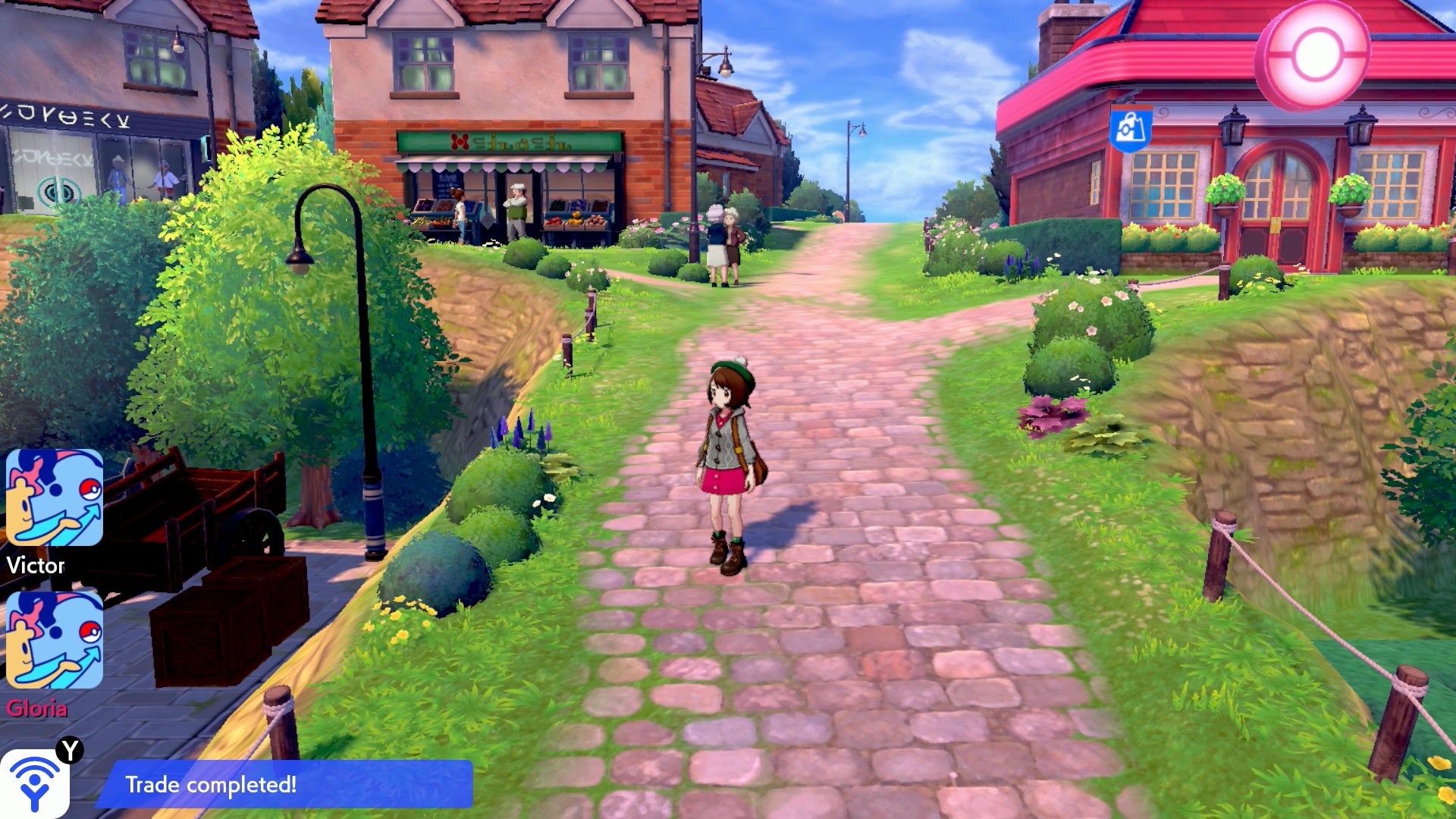
Best: The Wild Area. Pokémon has always hung its hat on random encounters. You walk through tall grass, in any game, and you’re not totally sure which Pokémon is gonna pop out. Pokémon Sword and Shield, the first games to come out on Nintendo’s Switch console, added a region called the Wild Area, wherein you’d actually see wild Pokémon walking around, and could choose whether or not to engage with them. Whatever your thoughts of the region, it was cool to see the series finally experiment with open-world sensibilities. (This will bear out in this fall’s Scarlet and VIolet versions, which are fully open-world.)
Worst: DLC. Seriously? I can’t evolve my Slowpoke without paying for the expansion?
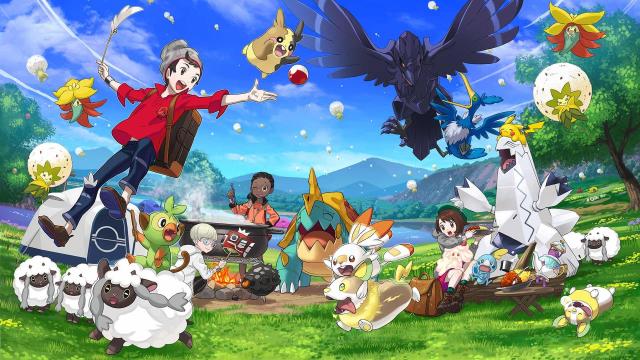
Leave a Reply